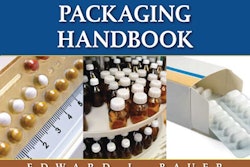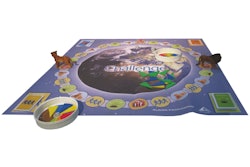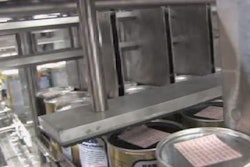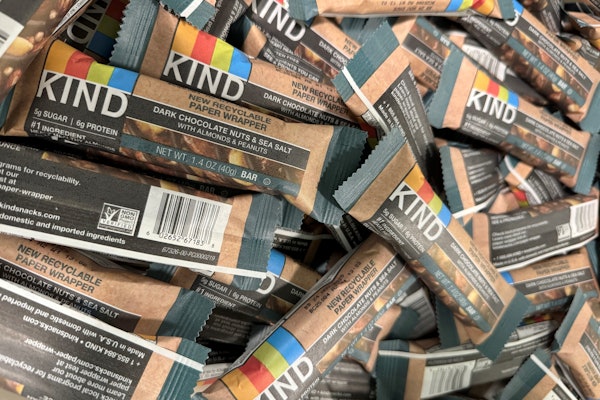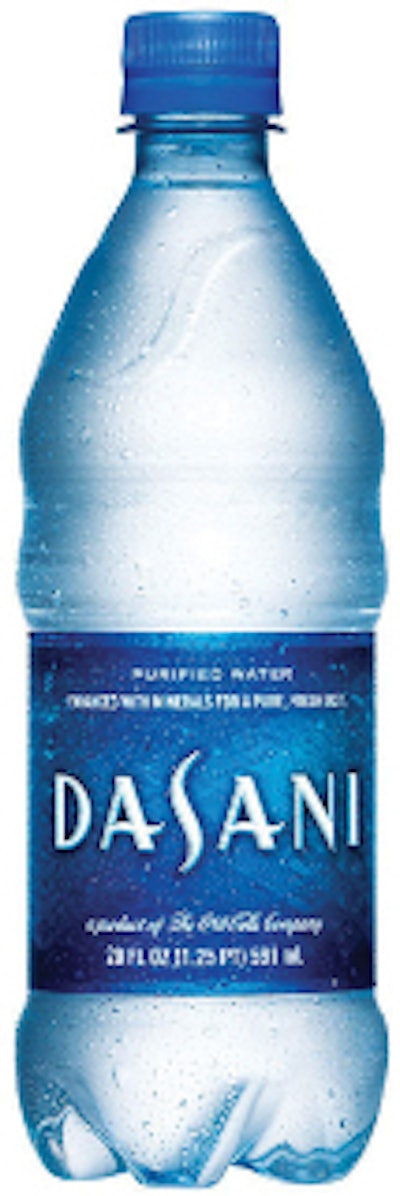
The Coca-Cola Company announced plans to use a new plastic bottle made partially from plants. According to information from the company, the new PlantBottle™ is fully recyclable, has a lower reliance on a nonrenewable resource, and reduces carbon emissions, compared with petroleum-based PET plastic bottles.
“The PlantBottle is a significant development in sustainable packaging innovation,” says Muhtar Kent, chairman and CEO of The Coca-Cola Company. “It builds on our legacy of environmental ingenuity and sets the course for us to realize our vision to eventually introduce bottles made with materials that are 100-percent recyclable and renewable.”
The new bottle, made from a blend of petroleum-based materials and up to 30% plant-based materials, is made through a process that turns sugar cane and molasses into a key component for PET plastic. Coca-Cola is also exploring the use of other plant materials for future generations of the PlantBottle.
According to Coca-Cola, manufacturing the new plastic bottle is more environmentally efficient as well. A life-cycle analysis conducted by the Imperial College of London indicates the PlantBottle reduces carbon emissions by up to 25%, compared with petroleum-based PET. The PlantBottle can also be processed through existing manufacturing and recycling facilities without contaminating traditional PET. So, the material in the PlantBottle can be used, recycled, and reused again and again.
Coca-Cola North America will pilot the PlantBottle with Dasani and sparkling brands in select markets later this year and with VitaminWater in 2010. The bottles will be identified through on-package messages and in-store point of sale displays. Web-based communications will also highlight the bottle’s environmental benefits.
Sara Lee's green goals
Packaging World senior editor Anne Marie Mohan recently conducted an exclusive interview with Glen Ventrell, director of packaging innovation and development for Sara Lee Corp. Her's an excerpt from that interview:
PW: Can you share an example of a package that was developed or redesigned to be more sustainable?
Ventrell: Sure. One example is the Hillshire Farms lunchmeat in a tub. Last October, we reduced the height of the tub by 3⁄16 of an inch. It doesn’t sound like much. When we first talked about it, most people said, “What does 3⁄16 of an inch really mean?” It means quite a bit when you think about it differently.
The reason we reduced the height of the tub by 3⁄16 of an inch was because we were trying to figure out how to make that package more sustainable after talking with some of our customers. We backed into that number by asking ourselves, “How can we get more packages onto a truck?” What that did for us was it added one more layer per pallet, and the pallets are double-stacked. So that’s equivalent to something like 60 more layers per truck, which took about 900 trucks off the road a year. It also took out of the system about 6,500 pallets, and it reduced the amount of plastic used by about 625,000 pounds, the amount of fuel used by more than 79,000 pounds, and the amount of corrugated by more than 630,000 pounds.
I would say that is one of the things that has changed about designing for sustainability. People were always looking at the front end of design, at the primary selling unit. When you start looking at it from both ends, sometimes you come up with some pretty big sustainability savings. You need to look at it from the truck going backwards, as opposed to looking at it from the container going forwards.
PW: Do you have a specific example of a package or pallet pattern that was redesigned for this project?
Ventrell: A good example is our Jimmy Dean breakfast sandwiches. In that case, they were building pallets of product to height. So there was a lot of space above the pallet in the truck, because when you only build one-pallet high, if you build it too high, it’s going to fall over. So, by putting two pallets in the truck, one on top of the other, we were able to extend the height inside the trailer and make more use of the space.
By going to this format, we were able to increase the weight we put on each truck by about 14%. This eliminated 800 truckload shipments, resulting in a reduction of about 532,000 food miles and around 2.3 million pounds of CO2.
The logic in the past would have been, “The more I can get on one pallet to put on the truck, the more money I will save.” The reality is that how much you can cube-out a truck is much more important from a cost and sustainability standpoint.
Conagra’s thinking
Adam Pawlick is an independent consultant who recently ran the sustainable packaging group at Conagra Foods. Here's a portion of what he has to say about how misunderstandings can get in the way of a company's efforts to achieve solid sustainable packaging goals.
Lots of companies want to do the right thing. They just aren’t sure what the right thing is. This is due to a misunderstanding of the issues, including the very definition of sustainable packaging. The Sustainable Packaging Coalition has one definition. Alternatively, some companies follow the Triple Bottom Line. The Wal-Mart scorecard has also served as a definition for some companies.
These are often complex or incomplete definitions that can be difficult to understand. They’re so technical, it’s almost impossible for any package to be completely compliant.
Maybe it’s more important to understand what a sustainable package does instead of defining what it is. Viewed from this perspective, we can safely say that a sustainable package is one that correctly protects the product with the features consumers require (social) with the smallest possible impact on the environment (environmental) that you can afford to sell and profit on (financial). This is a simplification of the Triple Bottom Line concept incorporating all three pillars of sustainability: social, environmental, and financial. We might also call this the No Trade-Offs concept: To be sustainable, a package cannot have a large negative impact on any one of the three pillars.
I subscribe to the No Trade-Offs concept. But embedded in it is a fundamental misunderstanding: That a sustainable package has to be the most environmentally friendly package. Sustainable packaging is not the same as green packaging. Green packaging represents the environmental pillar of sustainable packaging, but a proper view of sustainable packaging isn’t possible unless the social and financial pillars are also considered equally. A package that is incredibly friendly to the environment but costs too much to sell and/or does not meet performance requirements is not a sustainable package. If companies address sustainability from a No Trade-Offs perspective rather than just focusing on the environmental aspect, they will quickly find lots of opportunities that make sense from all three standpoints. This seems like a basic concept, but if you think about it, how many times have you heard “Going green has to cost more” or “I can’t afford to be sustainable?” If a company only focuses on one of the three pillars, they’ll quickly find the other two become roadblocks rather than benefits.



